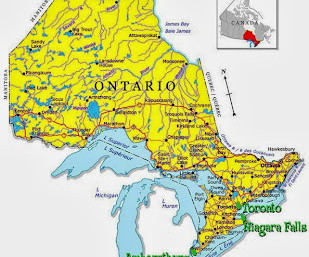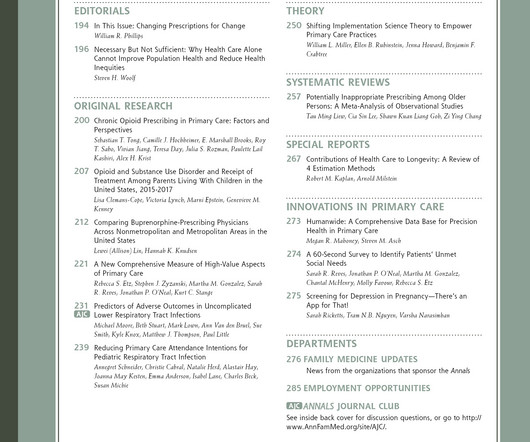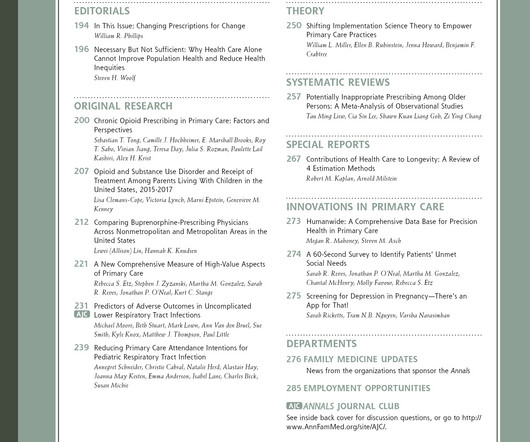Learning from primary care in Canada and Europe
The Health Policy Exchange
SEPTEMBER 26, 2013
What can family medicine in the U.S. As a result, an almost entirely fee-for-service primary care system was gradually replaced with a mixture of salary-based, capitation-based, and blended fee-for-service payment models by 2012. Health Policy Fellowship Department of Family Medicine Georgetown University School of Medicine











Let's personalize your content